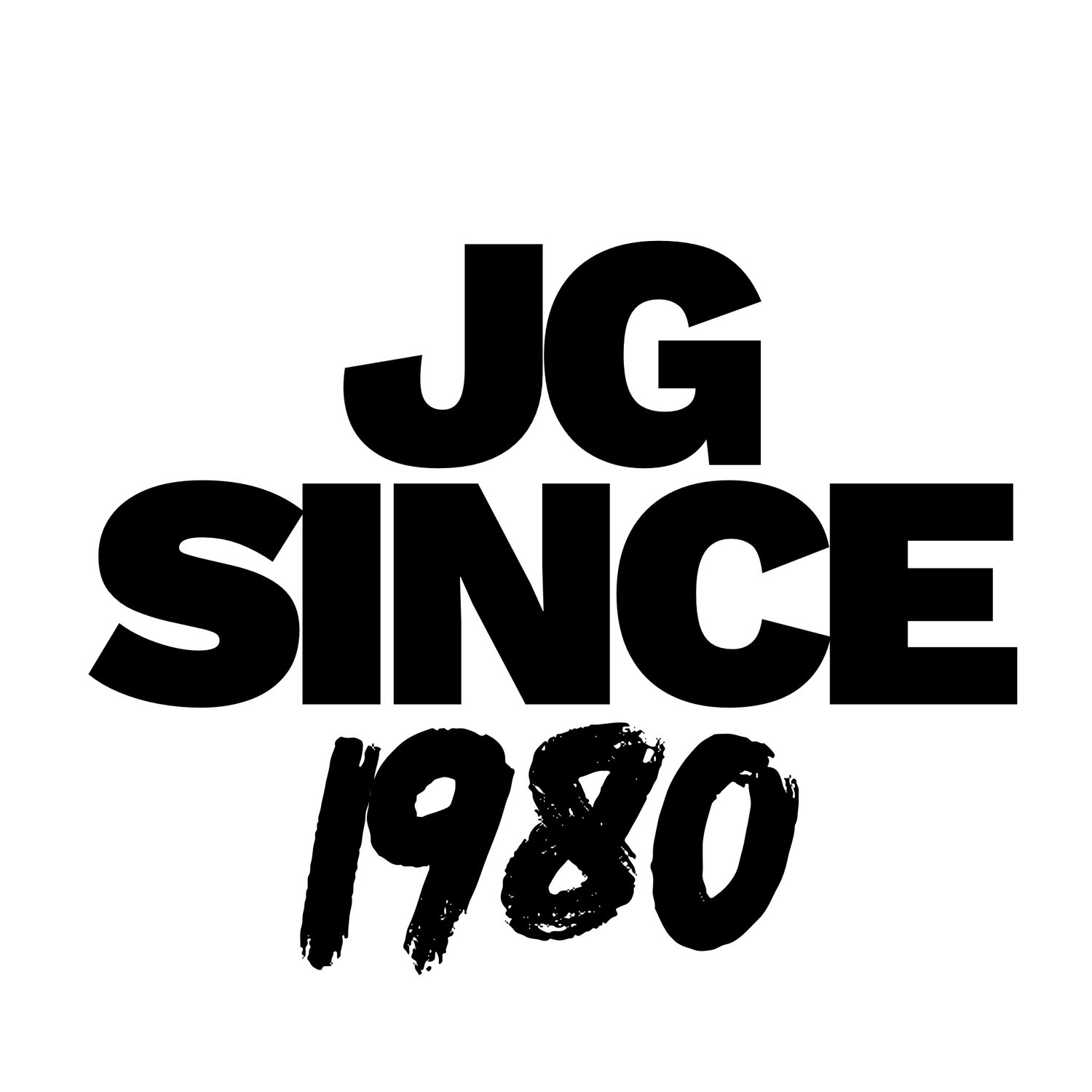Charting a Course for Sustainable Action:
I shared in my climate story that my journey concerning the climate crisis began after reading Bill Gates' book, "How To Avoid A Climate Disaster." I was at the public library in Buffalo, NY with my daughters when I randomly picked up the book. After just three or four chapters, I grasped the full scope of the potential impact, as described by Gates and many others, due to the climate crisis. Subsequently, I took a sabbatical from nearly everything. It was during this quiet and serene time that I envisioned a new career focused on addressing the climate crisis and ensuring a sustainable future for all humanity.
One of my immediate next steps was realizing the necessity of expanding my scientific knowledge on these matters. Much of the criticism surrounding the global climate crisis revolves around pseudo-science or is attributed to quasi-scientific theories and evidence. Therefore, to effectively speak on these issues, let alone fully comprehend the scientific workings of the climate crisis, I decided to enroll in a university and study under well-educated and trained scientists. I applied, got accepted, and thus began my educational journey.
Excitedly, I enrolled at the University of Buffalo. However, upon arrival, I swiftly encountered a significant issue. One of my first encounters on campus was with the university’s sustainability office. While learning about the university’s sustainability initiatives and touring their "Grow Clean Energy Center," a student-built facility serving as a clean energy education center, I realized a fundamental problem. Despite its name, there was nothing clean or green about the center. Through observations and discussions with my tour guide, it became clear that their efforts to "clean" and "green" their campus were hampered by inadequate policymaking, resulting from the absence of genuine "clean" and "green" standards. This prompted me to delve deeper into the United States Green Council’s Leadership in Energy & Environmental Design (LEED) standards.
After reviewing their documentation, I proposed a research project to the university's sustainability office aimed at creating new frameworks and standards for LEED. However, my proposal was rejected with the director stating it would be impossible to undo decades of work on LEED standards. Undeterred, I resolved to do just that.
I meticulously examined their documentation and identified the initial step in creating new frameworks and standards for the United States Green Council: establishing clear definitions for concepts like clean, green, renewable, and sustainable. Unfortunately, most products marketed as such fell short of meeting these criteria. The problem extended beyond companies manufacturing these products to the organizations responsible for providing guidance on sustainability matters. Even historical efforts underlying the United Nations Sustainable Development Goals suffered from poor definition and bureaucratic entanglements, resulting in ineffective policies.
Consequently, I decided to begin by establishing clear definitions and understanding what is truly needed to address the climate crisis. It's evident from climate science that our current production practices are unsustainable for humanity. The earth constantly strives for balance, and the changing climate and weather patterns are its response to the extraction and redistribution of its resources.
To provide a foundation for my research and work, I identified four keywords and their definitions. These will guide my efforts to lead effectively in addressing climate action:
🍃 Clean: refers to substances, conditions, or practices that are free from harmful contaminants or disruptions, promoting human health and environmental integrity. in the context of ecosystems, it signifies a state that supports biodiversity, nutrient cycles, and habitat preservation, contributing to overall ecological well-being.
💚 Green: in the context of products and services emphasizes a commitment to environmental sustainability, with a particular focus on transparency regarding the natural resources utilized.
♻️ Renewable: describes resources or energy sources that are continuously replenished by their natural processes, enabling their utilization without depletion. focusing on sustainability, renewable resources play a crucial role in reducing reliance on finite alternatives and minimizing environmental impact.
🌱 Sustainability: as a concept, emphasizes the responsible use of resources in development, aiming to strike a balance between meeting current needs and safeguarding resources for our future needs.
By incorporating these concepts into our communication strategies, we can foster greater understanding and collaboration, leading to more effective action to combat the climate crisis. Together, let's make a difference!
For more on our keywords and more details on their definitions visit: https://www.oaksandoars.com/our-keywords
🍃Even eco-friendly, AI-loving entrepreneurs need a stylish digital home—explore Shopify and Squarespace themes handpicked for you.
Copyright © 2024 Jameel Gordon - All Rights Reserved.

